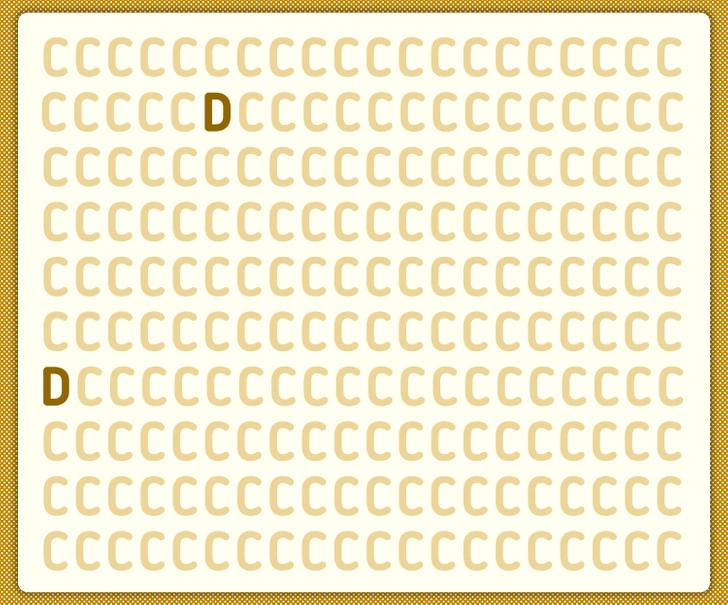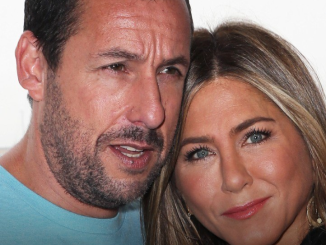
Joe “Jellybean” Bryant, the father of the late Basketball Hall of Famer Kobe Bryant, has died at the age of 69, La Salle University’s athletics department reported.
Citing La Salle men’s head basketball coach Fran Dunphy, The Philadelphia Inquirer wrote Joe had recently suffered a stoke. The exact cause of death hasn’t been confirmed yet.

La Salle University, where Joe played and coached, said in a statement that he “was a beloved member of the Explorer family and will be dearly missed.”
Just like his famous son, Joe was a renowned basketball player himself. Drafted by the Golden State Warriors as the 14th overall pick in the 1975 NBA draft, he played for the Philadelphia 76ers for four seasons, the then-San Diego Clippers for three seasons, and the Houston Rockets for one season. He also played in Europe.
The 76ers paid tribute to Joe, calling him “a local basketball icon, whose legacy on the court transcended his journey across Bartram High School, La Salle University, and his first four NBA seasons with the 76ers from 1975-79.”

Joe’s sudden passing comes four years after the tragic death of his son Kobe and his granddaughter Gianna, who were killed in a helicopter crash with seven other people.
Kobe’s widow, Vanessa Bryant, wrote on her Instagram story on Tuesday, “Sending our condolences upon hearing the news of my father-in-law’s passing.
“We hoped things would’ve been different. Although the times we spent together were few, he was always sweet and nice to be around. Kobe loved him very much.”
Former Kobe teammate Doug Young praised Joe as the ideal “role model.”

“Joe was our JV coach at Lower Merion and I could not have asked for a more positive mentor, teacher, and role model,” Young told ESPN. “It’s difficult to overstate how much he influenced me and my teammates. He made basketball fun and made us all want to be better; he believed in us. I’ll never forget his infectious smile, his bear hugs and the incredible bond he shared with Kobe. Growing up in Lower Merion, there was no family we loved and admired more than the Bryants, and that started with Joe.”
Arn Tellem, the vice chairman of the Pistons and formerly Kobe Bryant’s agent, expressed his sadness over the loss of Joe and joined the basketball community in mourning a true Philly hoops legend. “Our friendship opened the door for me to represent Kobe as he entered the NBA, a memory I’ll always cherish. Joe was a devoted husband, father and grandfather, whose warmth touched everyone he met.”
May he rest in peace.
Test: Find the Hidden Characters in Less Than 5 Seconds
There are different ways to train your mind, and one of them is by doing visual challenges. To get you started and test your observation skills, we created a series of cards. Are you ready to play? All you have to do is to find the letters and numbers hidden in them in the shortest time possible.
At Now I’ve Seen Everything, we want to know how fast you can find the differences. Don’t forget to click on every image to find out the right answer. At the end, let us know your results.
1. Find the 3 Ps.


2. There are 4 Xs here, can you find them?


3. We hid 2 Ns.


4. How many 3s do you see?


5. Can you see the 2 Ds?


Did you manage find them all in less than 5 seconds each? Challenge your friends and share your results in the comments.



Leave a Reply